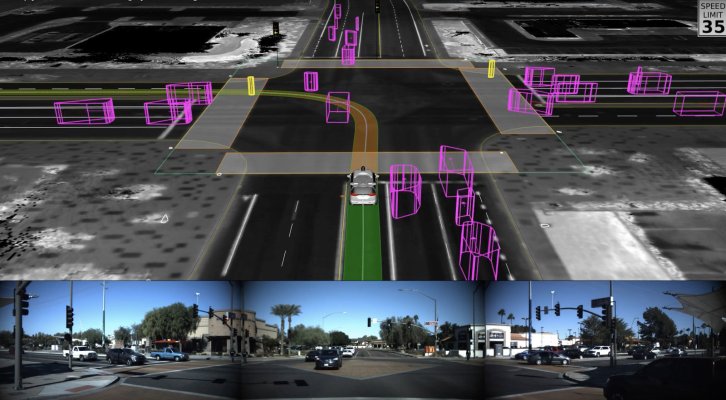Alphabet’s Waymo autonomous driving company announced a new milestone at TechCrunch Sessions: Mobility on Wednesday: 10 billion miles driving in simulation. This is a significant achievement for the company, because all those simulated miles on the road for its self-driving software add up to considerable training experience.
Waymo also probably has the most experience when it comes to actual, physical road miles driven – the company is always quick to point out that it’s been doing this far longer than just about anyone else working in autonomous driving, thanks to its head start as Google’s self-driving car moonshot project.
“At Waymo, we’ve driven more than 10 million miles in the real world, and over 10 billion miles in simulation,” Waymo CTO Dmitri Dolgov told TechCrunch’s Kirsten Korosec on the Sessions: Mobility stage. “And the amount of driving you do in both of those is really a function of the maturity of your system, and the capability of your system. If you’re just getting started, it doesn’t matter – you’re working on the basics, you can drive a few miles or a few thousand or tens of thousands of miles in the real world, and that’s plenty to tell you and give you information that you need to know to improve your system.”
Dolgov’s point is that the more advanced your autonomous driving system becomes, the more miles you actually need to drive to have impact, because you’ve handled the basics and are moving on to edge cases, advanced navigation and ensuring that the software works in any and every scenario it encounters. Plus, your simulation becomes more sophisticated and more accurate as you accumulate real-world driving miles, which means the results of your virtual testing is more reliable for use back in your cars driving on actual roads.
This is what leads Dolgov to the conclusion that Waymo’s simulation is likely better than a lot of comparable simulation training at other autonomous driving companies.
“I think what makes it a good simulator, and what makes it powerful is two things,” Dolgov said on stage. “One [is] fidelity. And by fidelity, I mean, not how good it looks. It’s how well it behaves, and how representative it is of what you will encounter in the real world. And then second is scale.”
In other words, experience isn’t beneficial in terms of volume – it’s about sophistication, maturity and readiness for commercial deployment.
